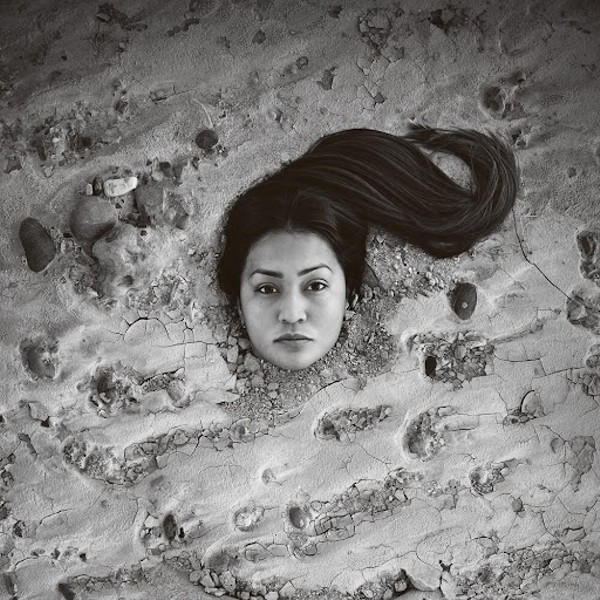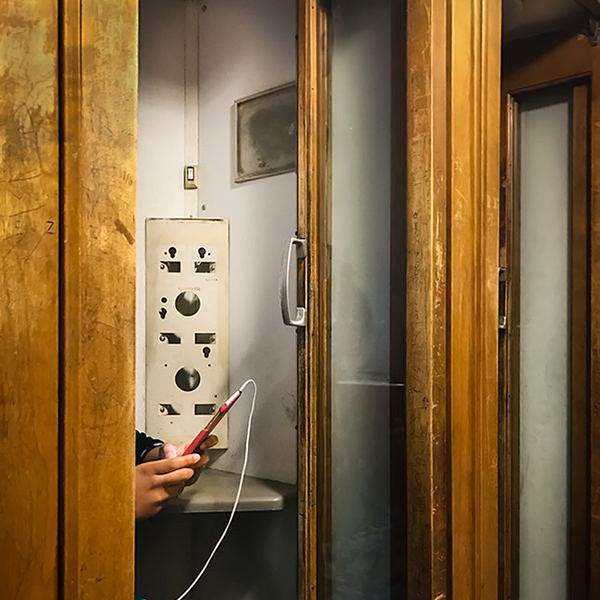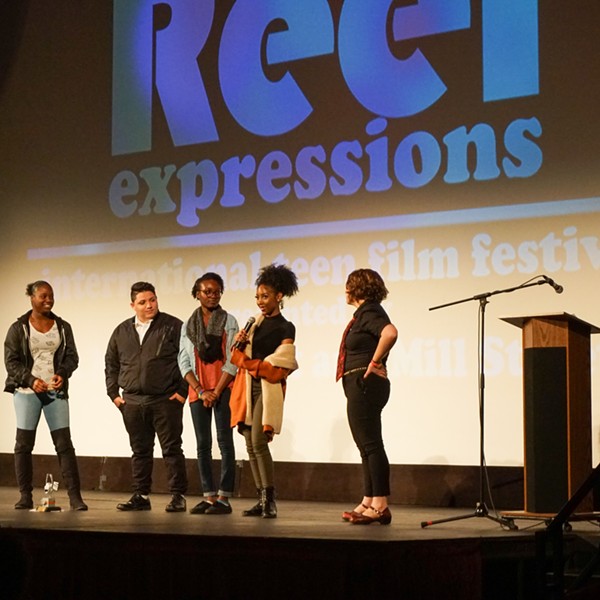
Wil Lindsay had better have very long legs, because he has his two feet planted firmly at opposite extremes of the history of photography. The Philadelphia-based artist, late of Troy, uses digital technology to create new imagery in daguerreotype, tintype, lantern slide, and other 19th-century forms. Anachronistic? Well, yes, but it’s progress indeed for a guy who used to work the Renaissance Faire circuit as a blacksmith, carriage driver, and chimney-sweep.
A 2007 MFA graduate of the iEar program at Rensselaer Polytechnic Institute, Lindsay, 38, has had many exhibitions. His latest, at the Photography Center of the Capital District in Troy, will include a site-specific installation that turns the PhotoCenter’s entire building facade into a giant digital camera that will wirelessly project its images onto the ground glass of the center’s large Victorian view camera.
The PhotoCenter, created last year by Nicholas Argyros, is a multi-use membership organization that features digital workstations, a shooting studio, an extensive art and photography library, retail space, and exhibition space, all of it spread out through three floors of a townshouse on River Street. Lindsay started in photography looking to recapture the look of 19th-century imagery, but soon realized the goal made no sense in today’s world. “We don’t have that ability to read those images the way they were meant to be interpreted,” he says. That perceptual disconnect became the focus of Lindsay’s art. “My work is theoretically loaded,” he allows. “A lot of what’s going to happen at the PhotoCenter is rhetorical.”
The show (its title, “Photosemasia,” comes from the Greek words for “light” and “meaning”) will present a number of different photographic strategies, including cyanotypes (also known as blueprints), digital tintypes, and a sort of daguerreotype made visible by the viewer’s breath. Clearly, interaction is another of Lindsay’s interests—an essential part of his practice. “I consider myself a process artist,” he says. “A lot of my work takes place in programming and not necessarily in the camera.” With that in mind, he tries to leave visible traces of the digital process in all his images.
This engagement with method emphasizes the fact that it’s not the final product that most interests Lindsay. “That camera is the heart of the show,” he says, referring to the digital receiver on the outside of the PhotoCenter. “It’ll capture the path of light that falls on the building throughout the entire day. It will be an image of the building, but it won’t be the instantaneous image. The viewer will see it as a live process.”
“I overthink everything,” Lindsay admits. The rest of us can just sit back and watch it unfold.
“Photosemasia: Meaning in Light, Digital Translations of Lost Photographic Processes, Selected Works by Wil Lindsay,” runs from November 19 though January 20 at The Photography Center of the Capital District. A reception will be held on November 30 from 5 to 9pm. (518) 273-0100; www.photocentertroy.org.
















